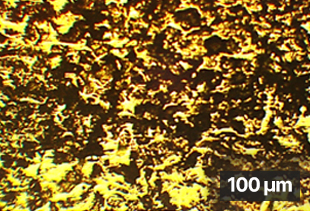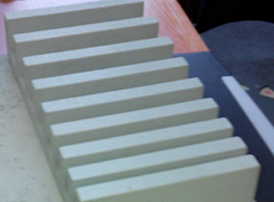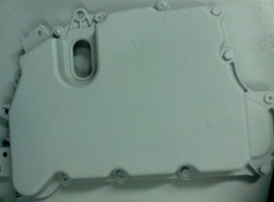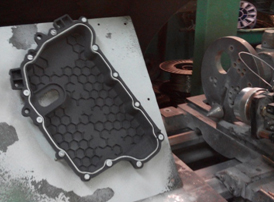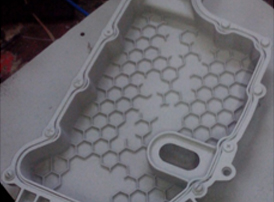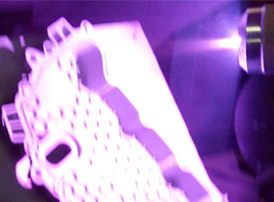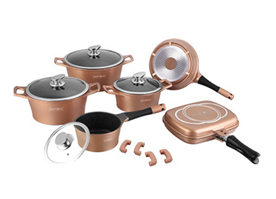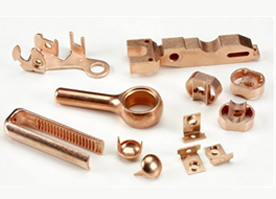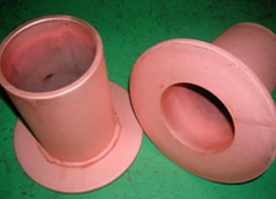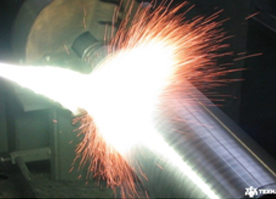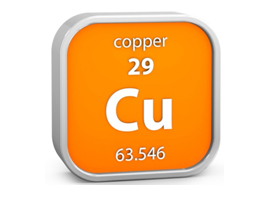Application
- Alternative to chrome plating
- electromagnetic wave blocking coating
- Bacterial eradication with copper (Cu) coating
- artificial hip bone coating
Chrome plating
Coating with HM not only solves environmental problems and increases the thickness of plating, but also increases bonding strength (joint tensile strength) and improves wear resistance.
Chrome electroplating is used on the surface of many machine parts. The biggest problem of current chrome electroplating is the environmental destruction caused by the plating solution. Because of this problem, many countries have banned chromium plating. In addition to destroying the environment, chrome electroplating uses thin film coating, so the adhesion is weak and peeling occurs on the surface, resulting in easy wear and shortening the lifespan. HM coating is an alternative to chrome electroplating that has such problems.
Plating Thickness and Adhesion
- DivisionPlating thicknessBond strength (joint tensile strength)
- Electroplating50 ~ 80㎛Up to the desired thickness (up to 10 mm)
- HM coating10-20MPa45-65MPa
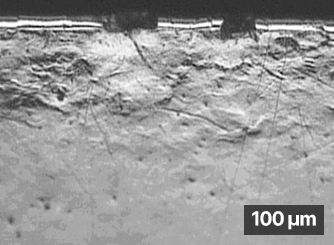
Chrome electroplating damage (9-hour friction test)
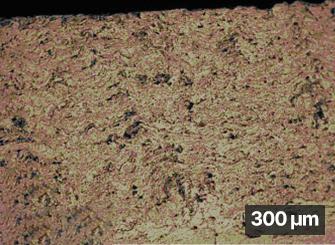
HM coating structure (9-hour friction test)
Coating parts
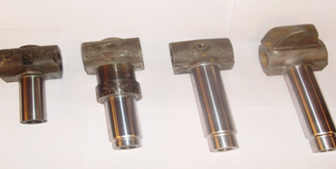
Back pressure cylinder
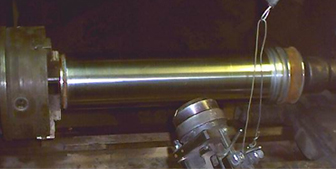
Hydraulic cylinder
This is a part coated with HM instead of chrome electroplating.
Electromagnetic wave blocking coating
Metallic coating can be successfully applied to plastic products, so electromagnetic shielding coating is possible. The existing vacuum spray method has limitations on the size of polymer products that can be coated, and the coating thickness is only available up to 10-30㎛. However, in order to block low-frequency electromagnetic waves, the coating thickness should be 0.5mm (500㎛) or more. HM has solved the problem of limiting the size of the coating object and coating thickness, which are the limitations of vacuum spray.
plastic/ceramic productsmetal coating
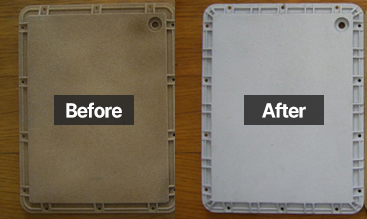
Zinc and aluminum composite coating on plastic
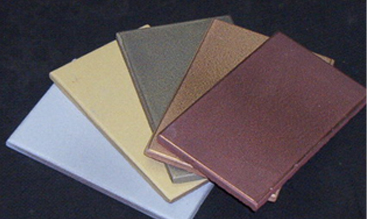
Metal coating on tile
Zinc and polyamidealuminum coating
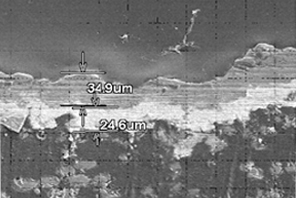
Zinc + aluminum coating on polyamide
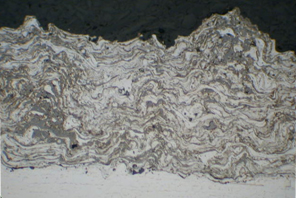
Aluminum coating on polyamide - microstructure
Joint Strength Comparison Table
- DivisionHypersonic metallizationArc SprayMetal Plating
- Joint strength(MPa)2.81.81.3
Coating the polymer with metal
With copper (Cu) coating fight bacteria
Since silver (Ag) has an antibacterial effect, some parts are plated with silver. However, silver has the downside of being too expensive. It is a known fact that copper (Cu), like silver, has antibacterial properties. Copper is less expensive than silver and has excellent bacteria-repelling properties, as shown in the graph below.
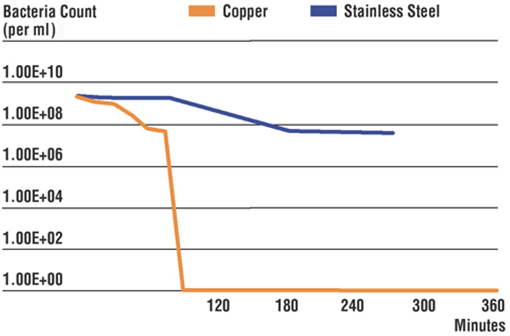
Advantages of copper coating

Cut down the money
It is less expensive and less burdensome.

High productivity
Coating capacity up to 14 kg per hour

Coatings on Almost Any Object
It can be coated on most objects such as metal, polymer, concrete, and wood.
Copper coating(application example)
Artificial hip bone coating
The most commonly used material for prosthetic implants is the titanium-niobium (Ti-Nb) alloy. In order for this material to adhere well to bone, it is a spongy tissue similar to bone. To do so, pores must exist and the surface must maintain microscopic roughness. These conditions can be satisfied by coating the similar alloy 'titan-nibium' on stainless steel with the HM method, and it can be used as an artificial implant.
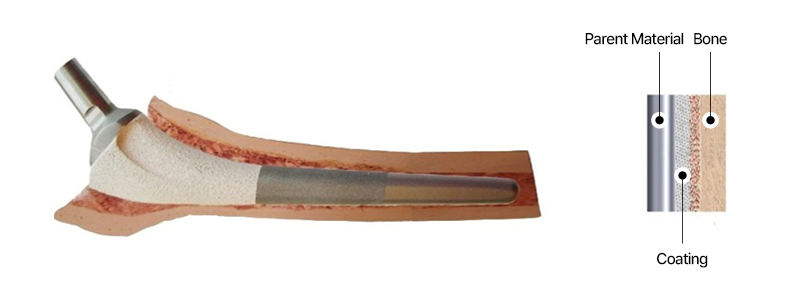
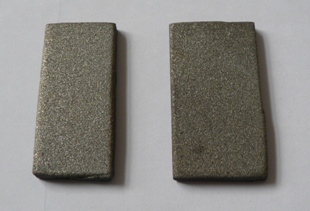
Sample coated with 'Titanium-Niobium', a bone-like alloy
